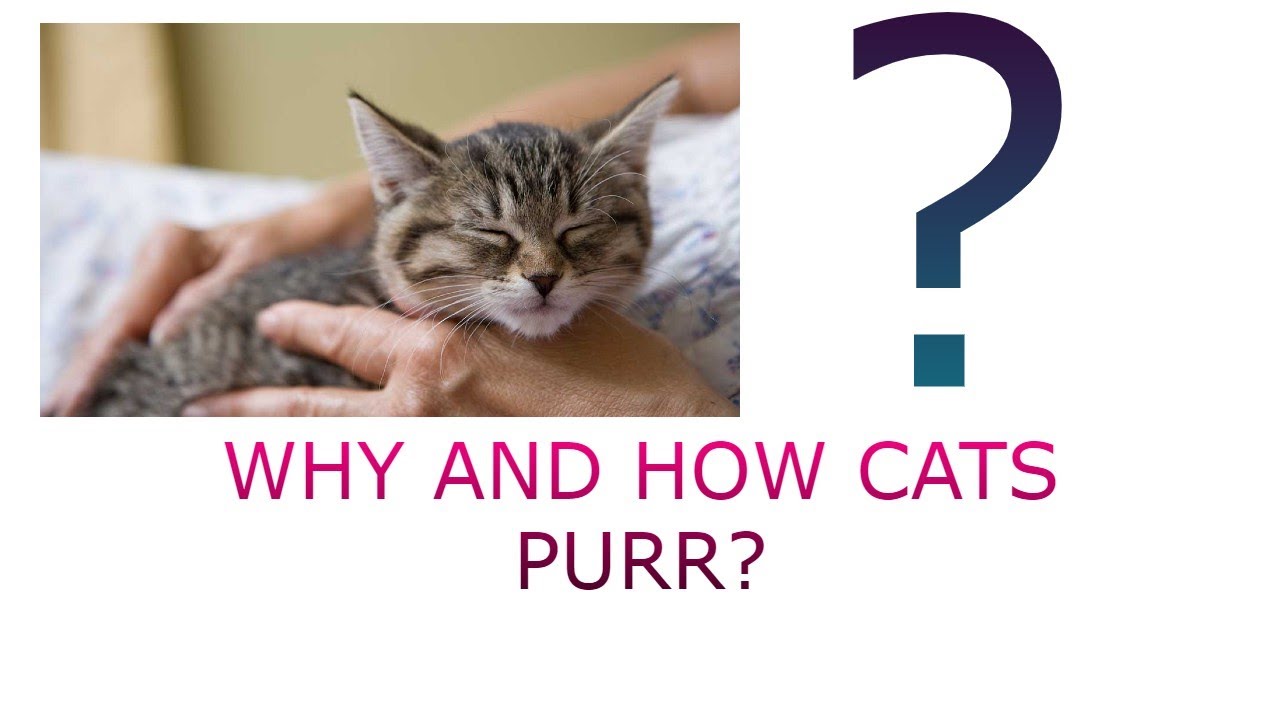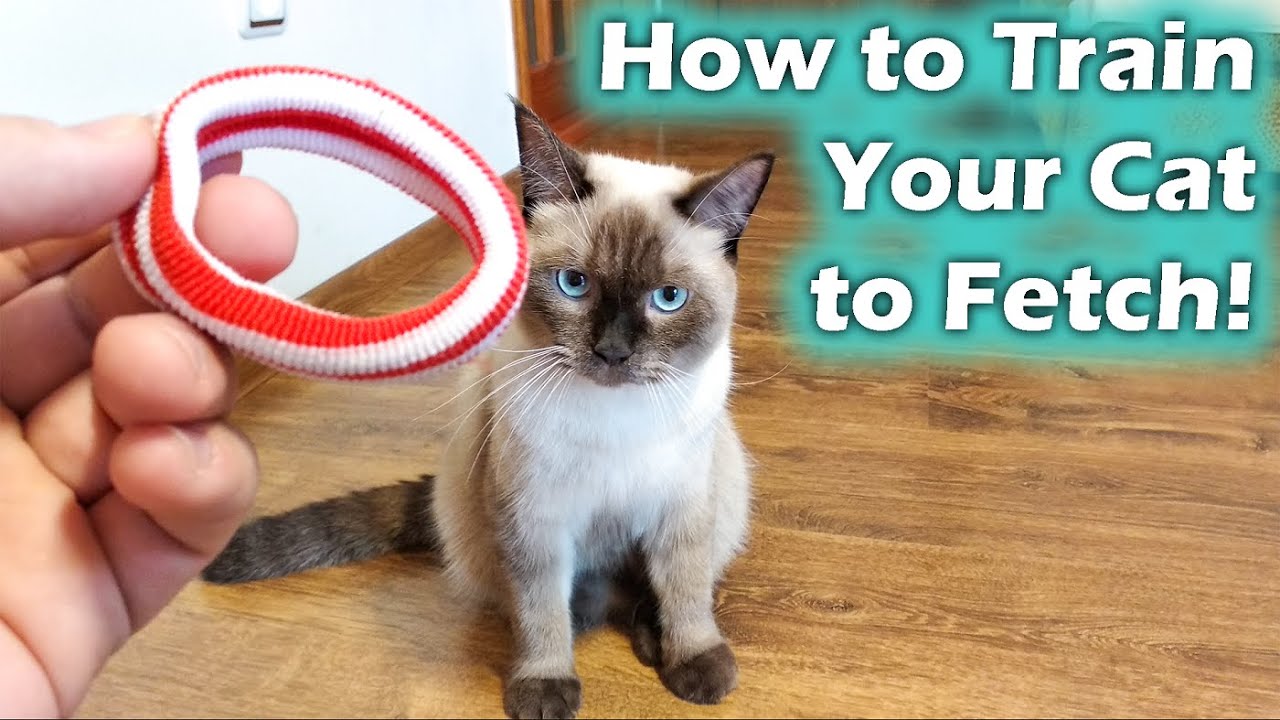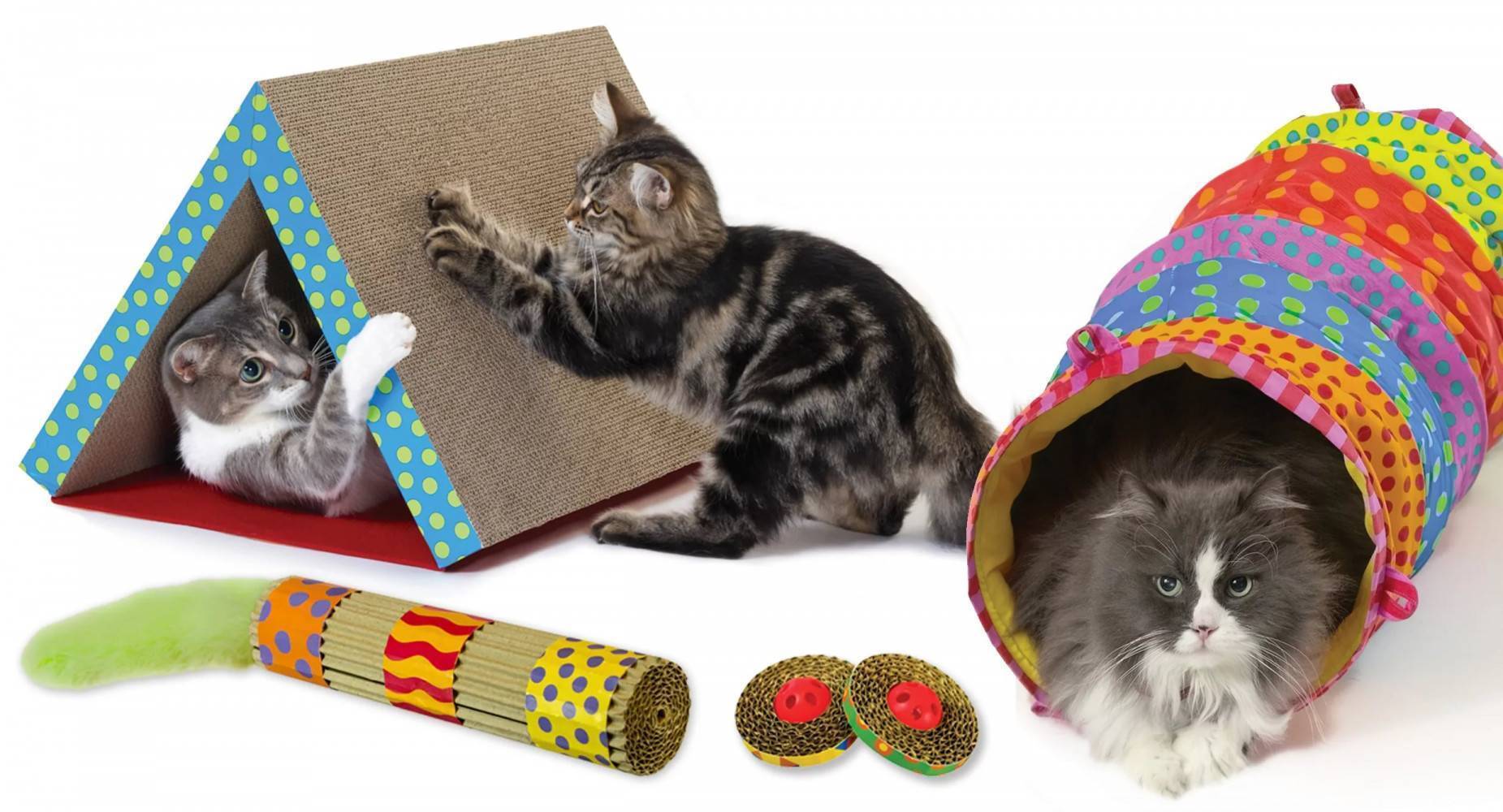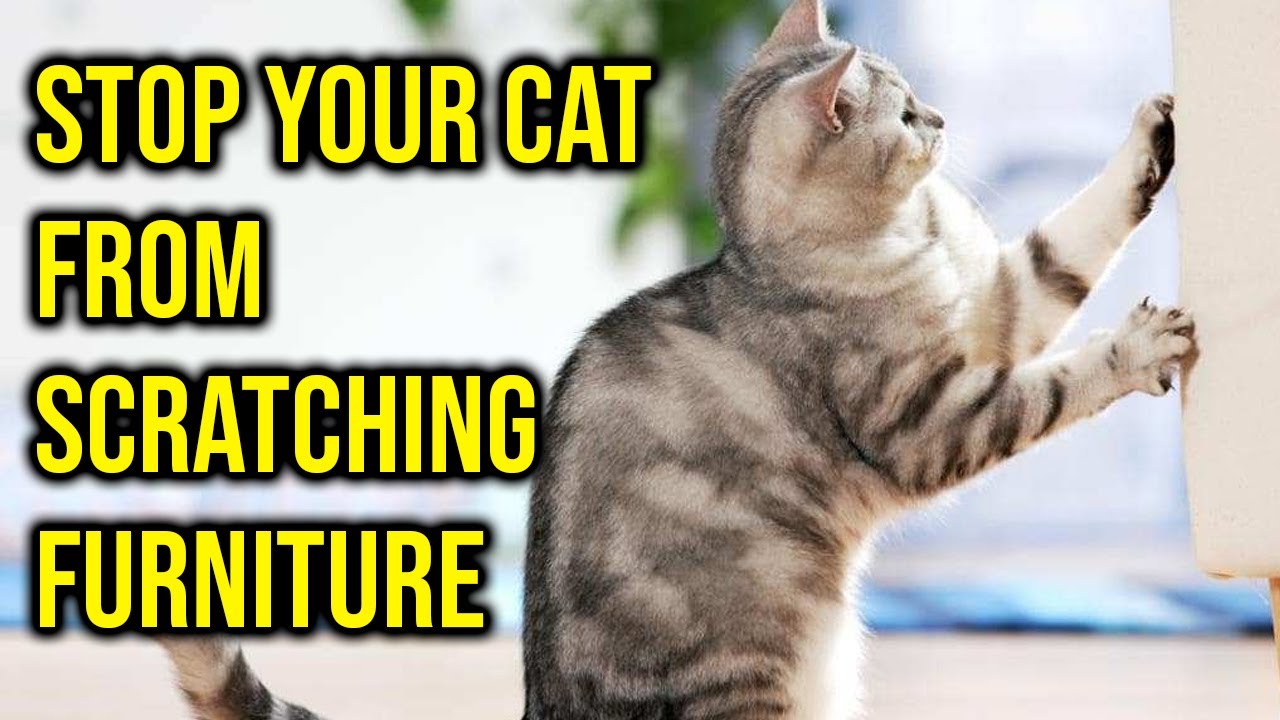Introduction
Cats are fascinating creatures, and one of their most enchanting behaviors is purring. That soft, rhythmic vibration can signal contentment, healing, or even distress. But why do cats purr? The answer is more complex than you might think.
In this comprehensive guide, we’ll explore:
- The science behind purring
- Emotional and communicative reasons for purring
- Healing benefits of purring for cats and humans
- Unusual cases where purring signals distress
- How to interpret your cat’s purrs
By the end, you’ll have a deeper understanding of your feline friend’s mysterious vibrations.
The Science Behind Purring: How Do Cats Purr?
Unlike meowing or hissing, purring is a continuous, low-frequency sound produced by rapid muscle contractions in a cat’s larynx (voice box) and diaphragm. These contractions cause the vocal cords to separate and vibrate as the cat breathes in and out, creating the familiar purring sound.
Key Facts About Feline Purring:
- Frequency Range: 25–150 Hertz (Hz)
- Involuntary & Voluntary Control: Cats can purr intentionally, but it also happens instinctively.
- Domestic vs. Wild Cats: Most domestic cats purr, but big cats (like lions and tigers) can only roar due to different throat structures.
A 2003 study published in The Journal of the Acoustical Society of America found that purring involves a unique neural oscillator in a cat’s brain, which sends rhythmic signals to the laryngeal muscles.
Why Do Cats Purr? 5 Key Reasons
1. Communication with Humans and Other Cats
Kittens begin purring at just a few days old to communicate with their mothers. The vibrations help guide blind and deaf newborn kittens to their mother’s milk.
As adults, cats often purr to:
- Solicit attention or food (some purrs mimic a baby’s cry, triggering human caregiving instincts).
- Express friendliness (a cat may purr when greeting another friendly cat).
2. Self-Soothing and Stress Relief
Purring isn’t always a sign of happiness—cats also purr when:
- Injured or in pain
- At the vet (fear purring)
- Giving birth
The low-frequency vibrations may release endorphins, acting as a natural pain reliever.
3. Healing and Bone Repair
Research suggests that purring frequencies (25–50 Hz) promote:
- Faster bone and tissue healing
- Reduced swelling and pain
- Improved muscle and tendon recovery
This may explain why cats recover from injuries faster than dogs!
4. Bonding with Owners
When your cat curls up on your lap and purrs, it’s reinforcing your bond. Studies show that:
- Petting a purring cat lowers human stress levels
- The sound of purring can reduce anxiety and blood pressure
5. Hunger: The “Solicitation Purr”
Some cats develop a special high-frequency purr (embedded with a meow-like cry) when they want food. A 2009 study in Current Biology found that humans find this purr hard to ignore—making it an effective manipulation tactic!
Can Purring Heal Humans? The Surprising Health Benefits
Beyond comforting us emotionally, a cat’s purr may have tangible health benefits:
1. Stress and Anxiety Reduction
- The frequency of purring has been linked to decreased cortisol (stress hormone) levels.
- Cat owners have a 30% lower risk of heart attacks, possibly due to stress relief from purring (University of Minnesota Study, 2008).
2. Pain and Inflammation Relief
- Low-frequency vibrations (like those in purring) are used in human physical therapy for:
- Joint pain relief
- Fracture healing
3. Better Sleep Quality
- The rhythmic sound of purring can act as a natural white noise machine, helping some people fall asleep faster.
When Purring Isn’t Happy: Signs Your Cat is Purring Due to Stress or Pain
Not all purring is positive. Watch for these signs of distress:
- Purring with flattened ears or dilated pupils
- Purring while hiding or crouching low
- Excessive purring in older cats (could indicate illness)
If your cat is purring unusually, consult a vet to rule out pain or illness.
FAQs About Cat Purring
1. Do all cats purr?
Most domestic cats purr, but some (like the Cheetah) can’t due to differences in throat anatomy.
2. Why does my cat purr and knead me?
Kneading (or “making biscuits”) is a leftover kitten behavior linked to nursing. Paired with purring, it signals comfort and trust.
3. Can cats fake purring?
Cats can control purring to some extent, especially when using the “solicitation purr” to get food.
4. Why does my cat purr loudly at night?
Your cat may be seeking attention, feeling anxious, or simply enjoying nighttime cuddles.
Conclusion: The Magic of a Cat’s Purr
Purring is one of nature’s most fascinating feline behaviors—serving as a communication tool, healing mechanism, and bonding signal. Whether your cat is curled up happily on your lap or purring through discomfort, understanding this behavior deepens your connection with them.
Next time your cat purrs, take a moment to appreciate this incredible biological wonder—and maybe even let those soothing vibrations relax you too!
Did you learn something new about cat purring? Share this article with fellow cat lovers and drop a comment about your cat’s unique purring habits!






